News and Events at MLD
Stay Updated on Home Design Trends, Innovative Appliances, and Company News
Viewing 85 of 85 results

What Type of Oven Gives the Best Browning?
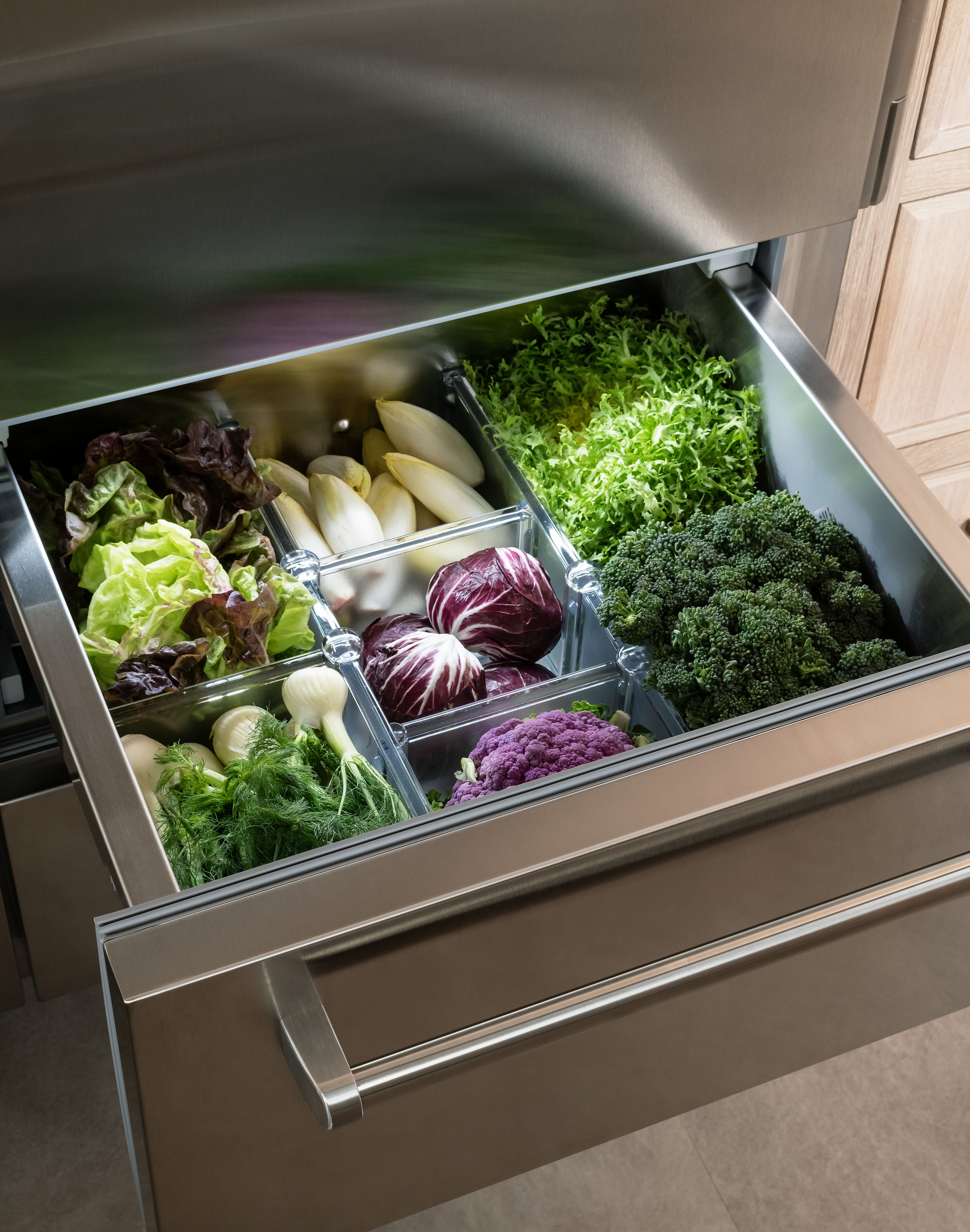
Best Refrigerators for a Small Family: A Guide of What to Look For
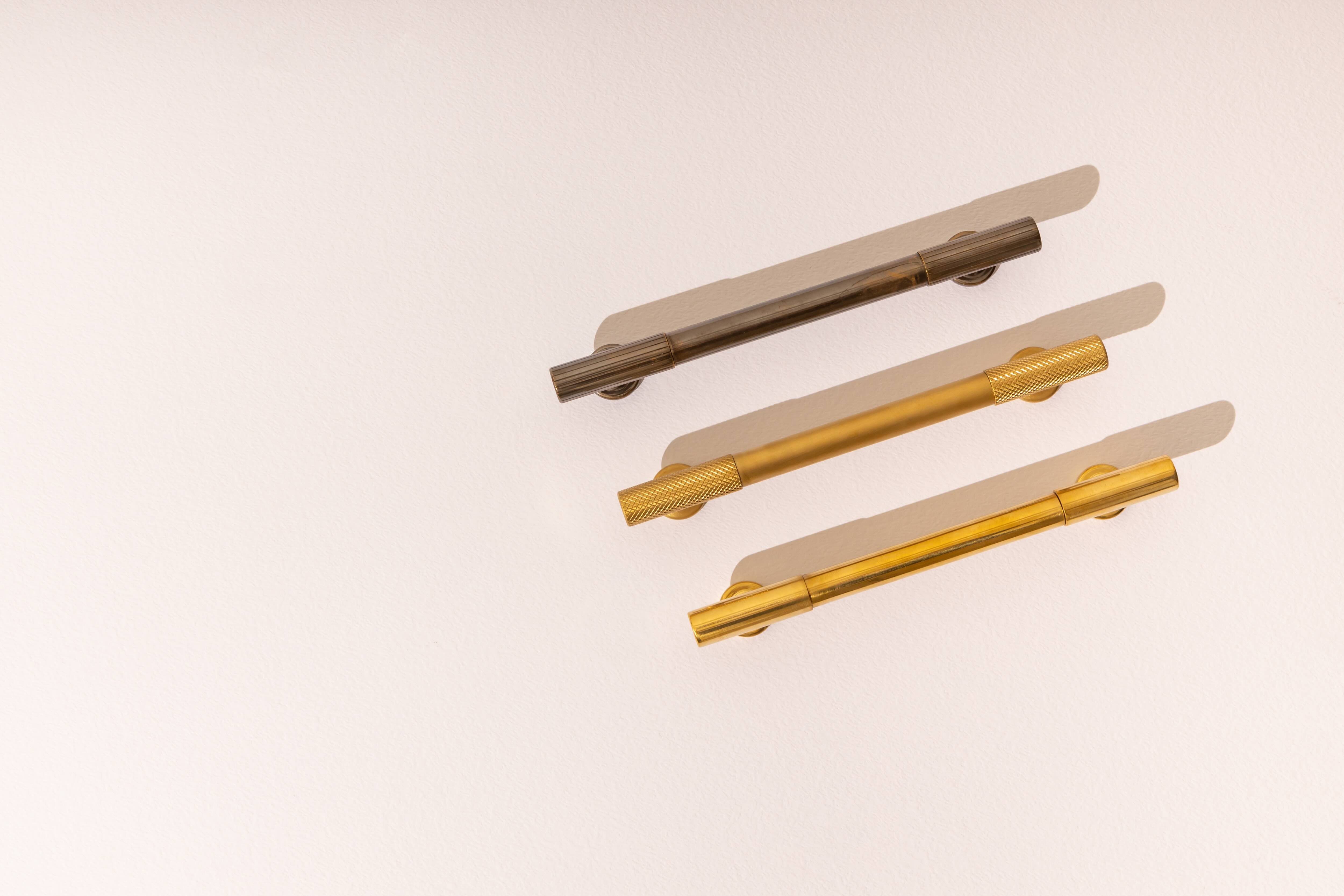
How to Choose Decorative Hardware: Room-by-Room Tips for Timeless Style
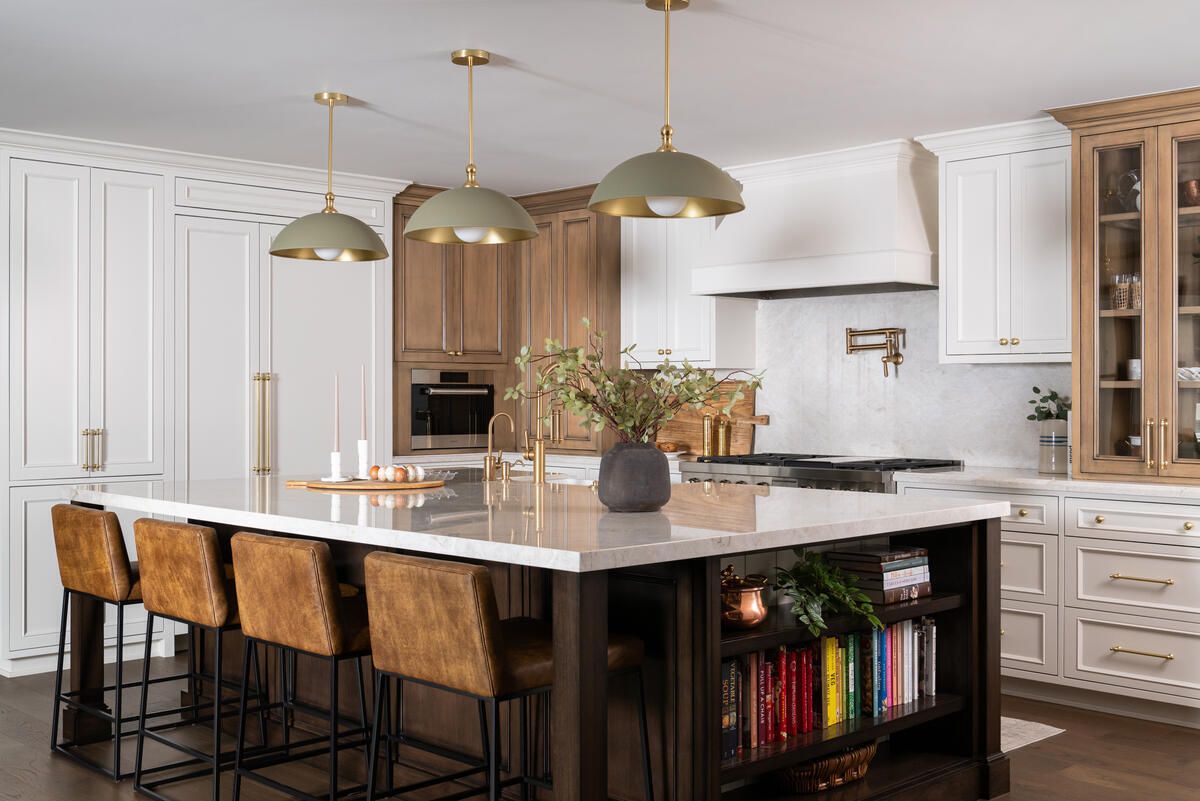
Selecting Premium Appliances: Key Considerations for Your Dream Kitchen
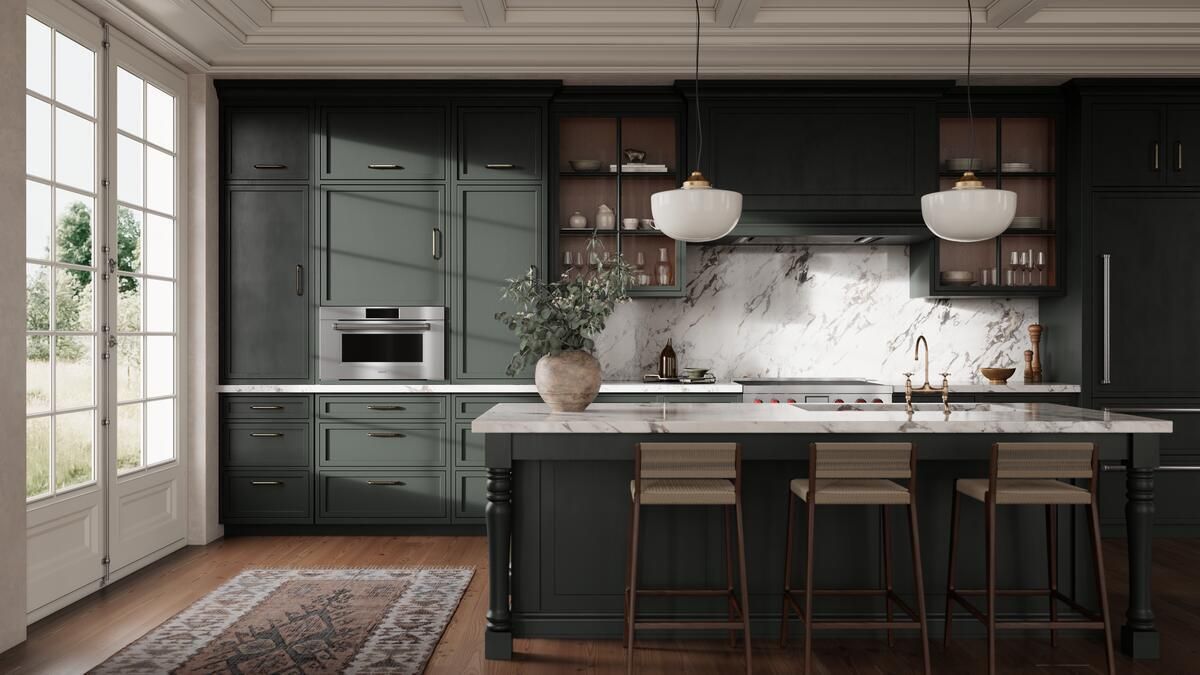
10 Mistakes to Avoid When Choosing Appliances for Your Home
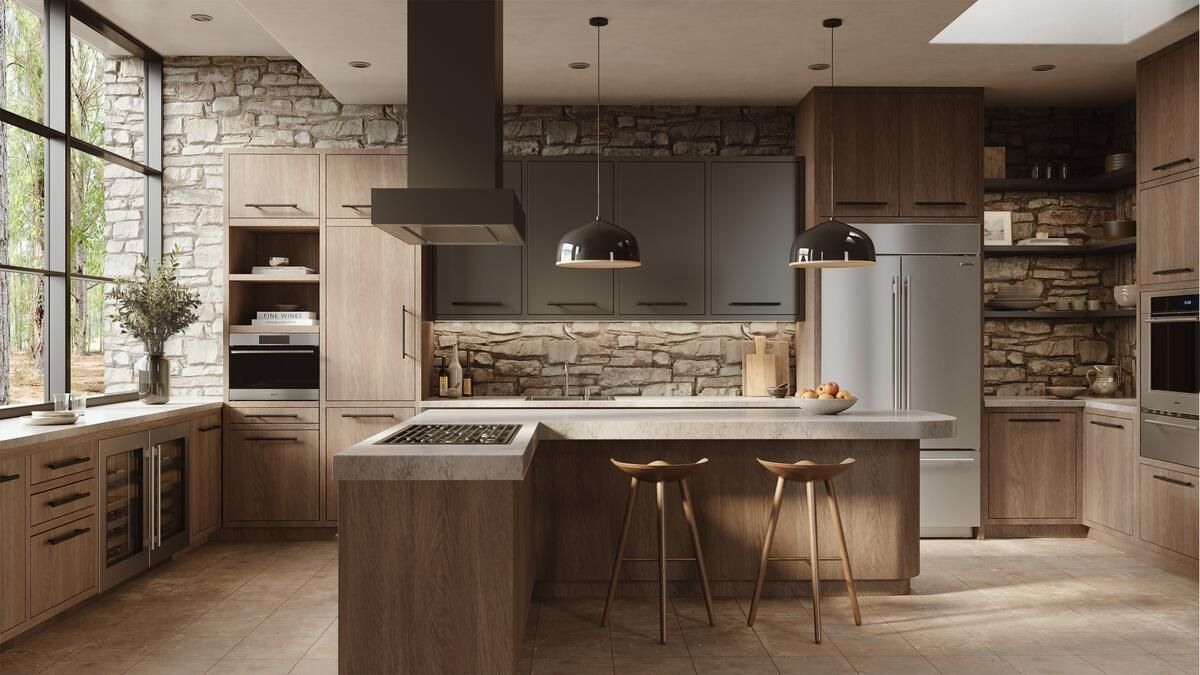
Plan Appliances Early for Seamless Kitchen Design (A Guide for Architects & Designers)

Five Stunning Appliance Trends that will Elevate your Utah Home
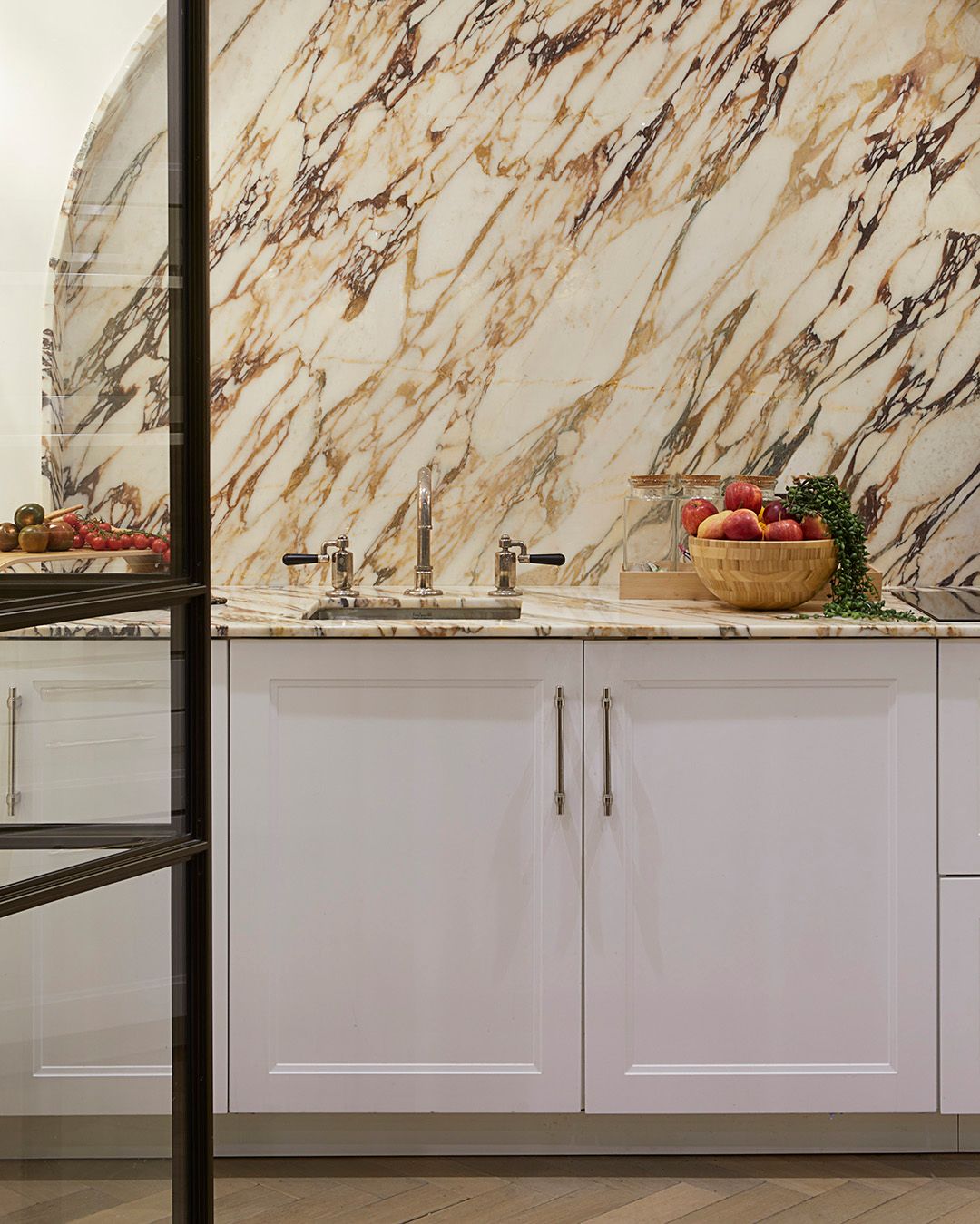
Winterizing Decorative Plumbing: Care and Tips for High-End Fixtures

